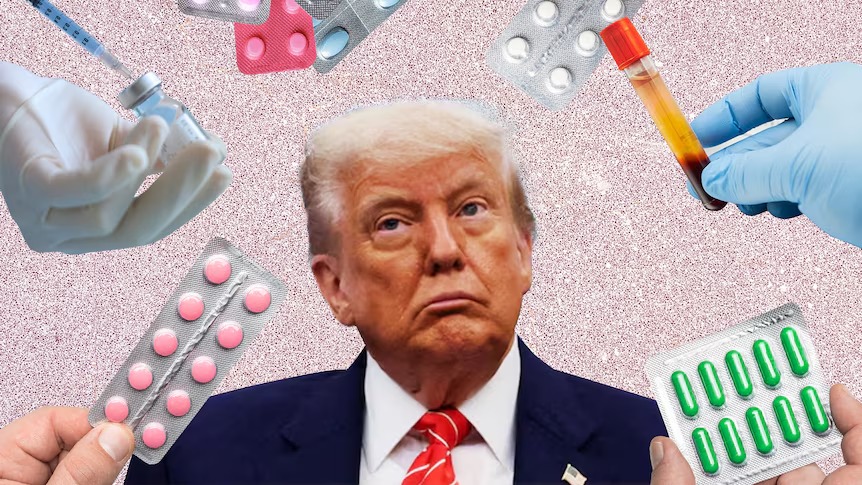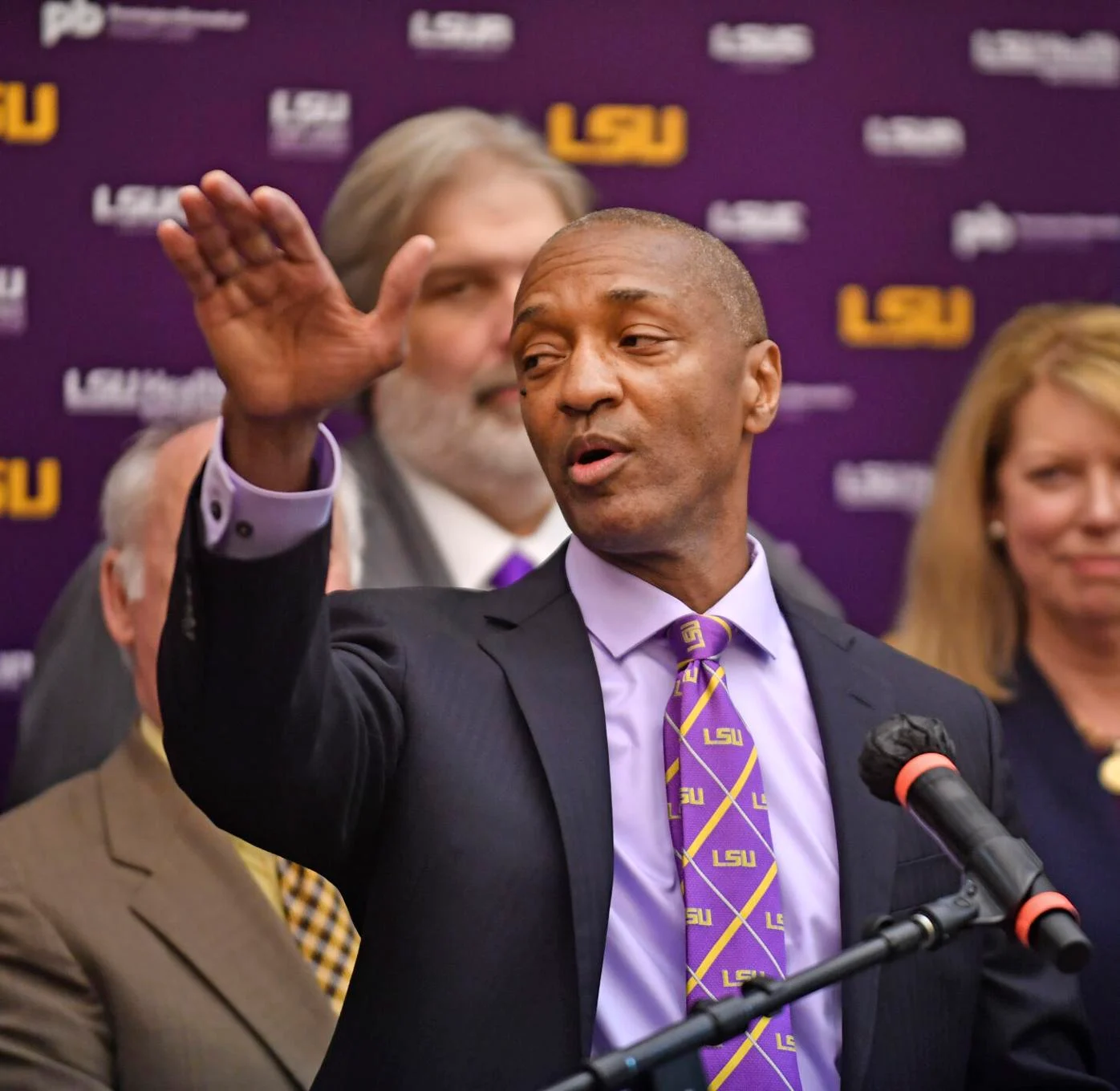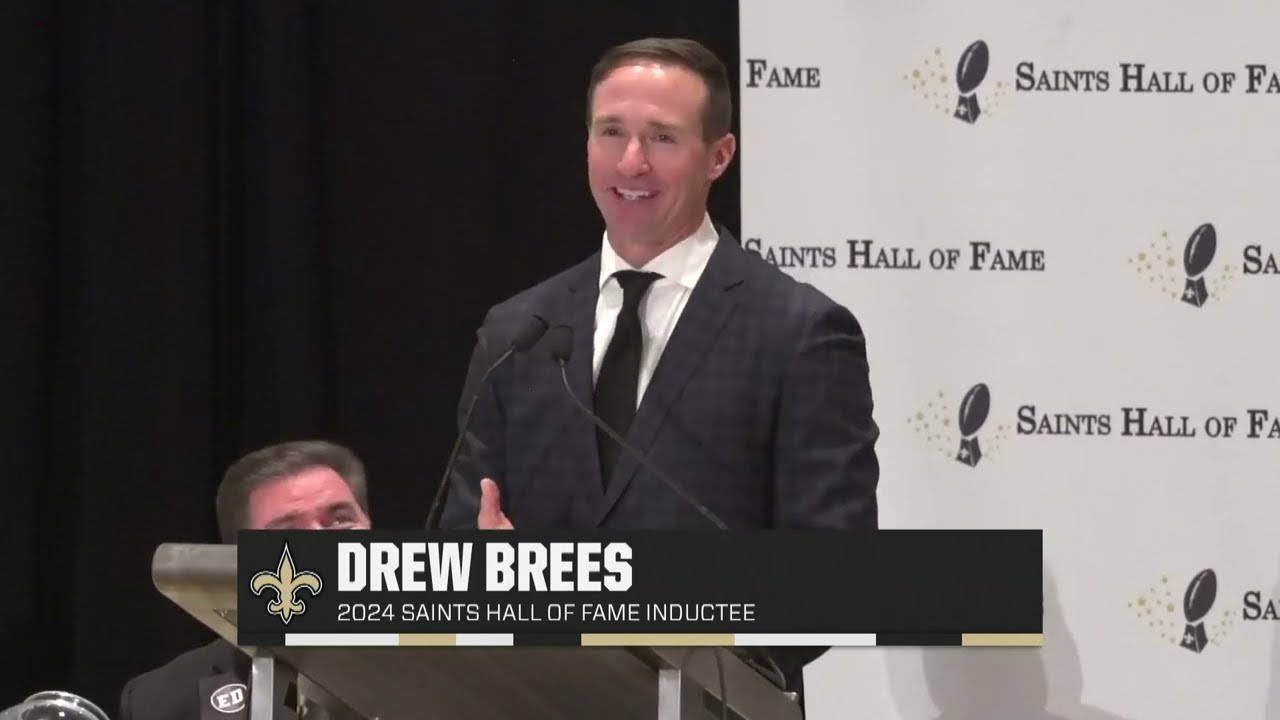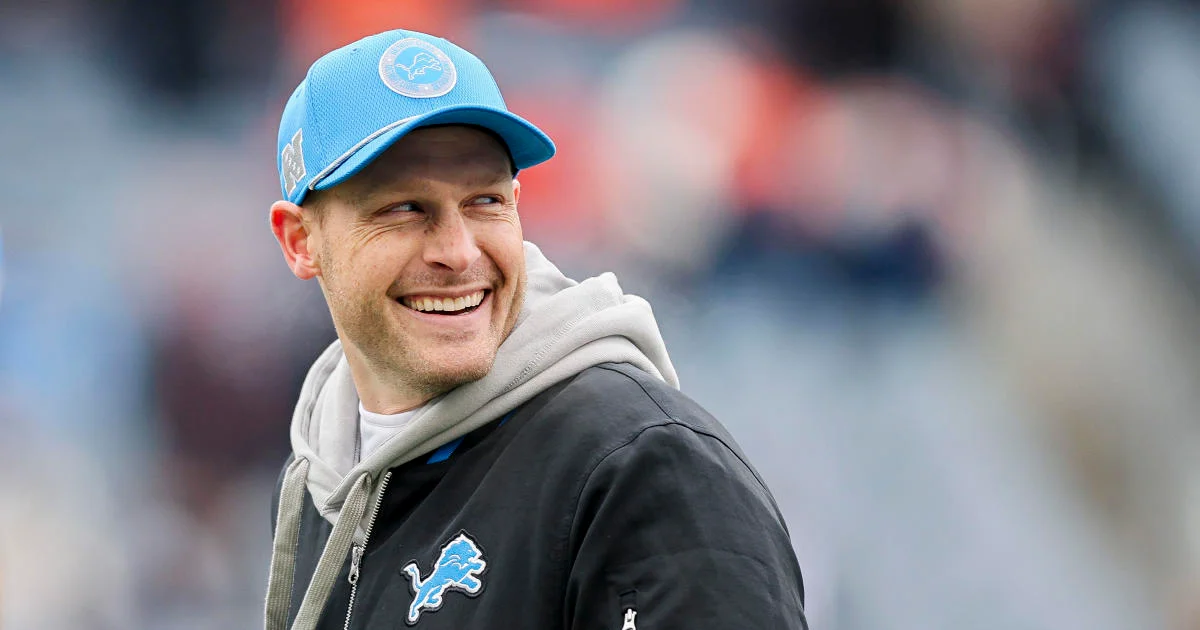Pharmaceutical companies around the world are steeling themselves for another major tariff announcement from the Trump administration that could make exporting medicine into the US more expensive.
Australia exports about $US1.6 billion ($2.5 billion) worth of medicines and healthcare products to the US each year, which makes up around 40 per cent of our total pharmaceutical exports across the globe.
But local manufacturers say they are only expecting to feel a moderate ripple from any fresh US trade restrictions.
Mr Trump’s “slapped a 10 per cent baseline tariff on exports from many countries, including Australia, and while medical devices were included, pharmaceuticals were spared.
But last week the US president warned specific pharmaceutical tariffs were coming “over the next two weeks” and would force manufacturers to “leave China” and start making more products in the US.
“… [There’s] going to be a tariff wall put up, and they won’t be happy about it,” he said.
While the world awaits that wall, Mr Trump has signed executive orders aimed at speeding up drug approvals and another that promises to bring down the cost of medicines.
US drug companies were told to voluntarily lower their prices in the next 30 days to match prices in comparable countries, otherwise, the government may step in and impose the price.
President Donald Trump gives an example of how much a breast cancer treatment costs in the US compared to Australia.
It is a policy called the “most favoured nation” and some experts say it would push prices up in other countries as drug companies try to recoup lost profits in the US.
Jared Mondschein, director of research at the United States Studies Centre at the University of Sydney, predicted countries like Australia would have to pay more or lose access to some new, innovative products.
But Matt Grudnoff, senior economist at the Australia Institute, said Australian consumers shouldn’t panic.
“Our government has enormous bargaining power when it comes to setting the price of drugs here and just because [companies are] no longer able to earn super profits in the US, that doesn’t take away from the market tussle here,” he said.
“If the US pharmaceutical companies could get a better price out of Australia, they would do it regardless of how much they’re gouging the US.”
How will pharmaceutical tariffs impact Australian consumers?
It is really US consumers who will feel the pain of any tariffs in this space.
Analysts are expecting big price hikes in the US for generic drugs, which make up a big portion of prescriptions and operate on small margins.
Australian manufacturers who can not shift their operations to America may see demand drop if they have to compete with US-made medicines.
But if there is no alternative drug in the US market — for example, Australian-patented drugs — American consumers will be forced to pay the higher cost.
However, do not expect prices to change here in Australia.
“I don’t think it will have a huge effect on us,” said Professor Anthony Scott from Monash’s Centre for Health Economics.
Pharmaceutical imports into Australia exceed what we send to the US by around $US1 billion ($1.6 billion) so if we were to go down the path of reciprocal tariffs — where we put a tariff on US pharmaceuticals coming in — there would be major repercussions.
“If we retaliated, that would mean the US products that come here would go up in price,” Director of Health at the Grattan Institute, Peter Breadon, said.
That would be dangerous because Australia imports around 21 per cent of total pharmaceuticals from the US, making it the largest single supplier.
With that in mind, Prime Minister Anthony Albanese has already ruled out any retaliatory action.
“We will not join a race to the bottom that leads to higher prices and slower growth,” he said in April.
Why Australia is a likely target for tariffs
Entangled in this whole tariff business is the fact US drug companies have never been fans of Australia’s Pharmaceutical Benefits Scheme (PBS)
That is because the PBS is about keeping prices down for Australians.
Instead of some medicines costing thousands of dollars per script, we only have to fork out a $31.60 co-payment if a medicine is listed on the PBS. The government picks up the rest of the cost.
The scheme forces drug companies into tough negotiations with the federal government on price so the company does not just dictate what the medicine is worth.



